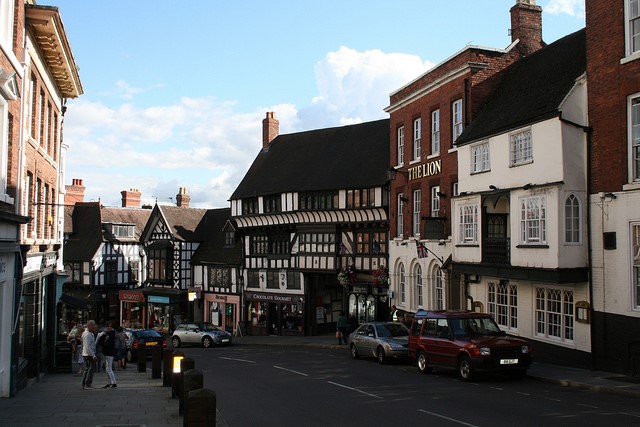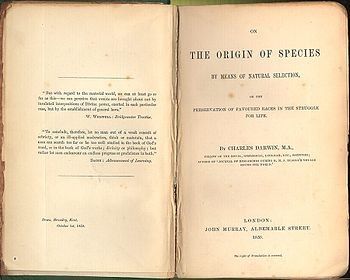
Charles Darwin was an English biologist known for his theory of evolution. Though biological, it has unquestionably influenced economic and social theory.
Below is an excerpt from a biography of Charles Darwin included with our books.
| Title | Published |
|---|---|
| On the Origin of Species | 1859 |
| Geological Observations on the Volcanic Islands | 1844 |
The birth date of Darwin’s birth was recorded on 12 February 1809 in Shrewsbury, Shropshire, England.
Darwin’s father, Robert Darwin, was a wealthy society doctor. Darwin attended Anglican Shrewsbury School as a boarder from September 1818 before going to the University of Edinburgh Medical School in October 1825.


Darwin studied medicine at University of Edinburgh before his father sent him to Christ’s College, Cambridge for a Bachelor of Arts degree due to his neglect of medical studies. As Darwin was unqualified for the Tripos, he joined the ordinary degree course at Cambridge in January 1828.
Darwin focused on studying the language and logic of William Paley’s Evidences of Christianity. In January 1831 Darwin received ordinary degree from Cambridge.
Darwin planned two-year voyage to South America in 1831. After delays, the voyage began on December 27, 1831; but it lasted almost five years. Darwin spent most of that time on land investigating geology and making natural history collections, while the Beagle surveyed and charted coasts. Despite suffering badly from seasickness, Darwin wrote many notes while on board the ship.
When the Beagle reached Falmouth, Cornwall, on 2 October 1836, Darwin was already a celebrity in scientific circles. He wrote his first paper, showing that the South American landmass was slowly rising, and read it to the Geological Society of London on 4 January 1837. On 17 February Darwin was elected to the Council of the Geological Society.
By Mid-March of 1836, Darwin was speculating in his Red Notebook on the possibility that “one species does change into another”. In mid-July 1837 Darwin started his “B” notebook on Transmutation of Species, and on page 36 wrote his first evolutionary tree.
Darwin read the sixth edition of Malthus’s An Essay on the Principle of Population, and on 28 September 1838 Darwin noted Malthus’s assertion that human population, when unchecked, goes on doubling itself every twenty five years, or increased in a geometrical ratio, a geometric progression so that population soon exceeded food supply in what was known as a Malthusian catastrophe.



On 24 January 1839 Darwin was elected a Fellow of the Royal Society.
On 29 January 1839, Darwin and Emma Wedgwood were married.
He resumed work on his theory of species in 1854, and in November realized that divergence in the character of descendants could be explained by them becoming adapted to “diversified places in the economy of nature”. There was little immediate attention to this announcement of the theory in 1859.
On the Origin of Species proved unexpectedly popular when it went on sale to booksellers on 22 November 1859. His only allusion to human evolution was the understatement that “light will be thrown on the origin of man and his history”.
In 1882 he was diagnosed with what was called angina pectoris. Darwin died at Down House on 19 April 1882. William Spottiswoode, President of the Royal Society, arranged for Darwin to be buried in Westminster Abbey, close to John Herschel and Isaac Newton.
Darwin had convinced most scientists that that natural selection was the basic mechanism of evolution and he was regarded as a great scientist who had revolutionized ideas with wide influence on biological science, social systems, and economics.
